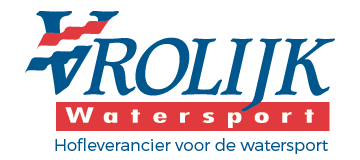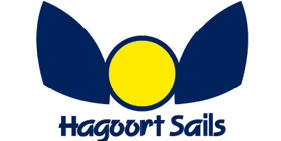VHF Protocol
As a class organisation we would like to harmonise how the Racing Committee provides information to competitors via VHF during a yacht race.
There is a long history of using the VHF during race starts. Ever since sea going yachts were obliged to be equipped with a VHF radio, it has been used in various manners to provide competitors with information during a race.
The following protocol guides the RC in the efficient execution of VHF communication.
Protocol:
- Selection of a VHF channel depends on the location of the race. Use one of the inter-ship channels (i.e. 72, 8, 77) and check the channel for the presence of other users in the vicinity of the course. The VHF channel must be specified in the Sailing Instructions.
- The starting vessel sails to the starting area and reports its position. The way in which the position is reported is not strictly defined, but must be clear. So use for instance either latitude/longitude or bearing/distance to inform the competitors.
- Once in position, the starting vessel will broadcast a time check at set intervals and repeats its position. The time checks start one hour prior to the start, so the competitors can synchronize their watches/clocks.
- When starting times differ from the starting times published in the SI, the RC shall broadcast the expected starting time 30 minutes and 15 minutes before each start. This goes also for any subsequent starts on the same day.
- The RC will count down in useful intervals to the 5 minute mark before the warning signal of the first start. The final 5 seconds will be counted in the following manner: “5, 4, 3, 2, 1, TOP”.
- The warning signal and the start of each class will be counted down in the same manner.
- After the warning signal (5 minutes prior to the start) the competitors will be informed which signals have been displayed on the starting vessel:
- The class flag(s) for the upcoming start.
- Number of laps in a W/L course.
- Heading and distance to the first mark.
- When for any reason the race is postponed (AP flag) or abandoned (N flag) during the starting procedure, the RC will inform the competitors of this event by broadcasting “The start has been aborted” and will give further information (such as new starting time) as soon as possible.
- When all boats are clear of the line following the starting signal, make the call “All clear”.
- When at the starting signal the RC is unable to identify the boats that are OCS, the First Substitute is hoisted with two sounds and a “General recall” is broadcast over VHF
- In the case of an individual recall the flag X is hoisted with one sound. On the VHF the message will be “X-Ray for n boats” followed as soon as possible - preferably within one minute - by the sailnumbers of and/or names of the boats that are OCS. After a boat has sailed completely over the pre-start side of the starting line, this boat will be informed that “sailnumber x is clear”. When the last boat clears the line, an “All yachts are clear” is broadcast.
- During the race the RC will monitor the VHF channel for messages from competitors, such as retirements or requests for assistance in case of emergency.
- Changes to the course or shortening of the race can be communicated via VHF, but competitors may have turned off their VHF because of the distraction of unnecessary communication during the race (such as the start of the next class). Therefore always use the combination of the prescribed visual/audible signals to communicate with the competitors.
Why this protocol?
Although the principle seems simple, use of the VHF during races has given numerous RCs a lot of headaches. The fear of giving incorrect information over the VHF, leading to successful protests by competitors, leaves some Race Officers reluctant to use it. Ask most competitors and you will hear how much they value VHF information during the start. A well-executed VHF Protocol gives pre-start confidence to the competitors, and helps prevent early starts and possible subsequent disqualifications. The VHF Protocol below has been written with the guidance of competitors with international experience, since the use of VHF is standard procedure in major international races.
Advantages of a standard protocol
By making use of a standard protocol, competitors can rely on correct and timely broadcast of relevant information. This prevents unnecessary questions from competitors via VHF, which can be quite annoying for both the RC and other competitors. The standard protocol can be tailored to fit local needs, but the communication needs to remain predictable.
For competitors, an external loudspeaker or handheld VHF is necessary to maximize the availability and benefit of the information that will be broadcast by the RC.
Flags have priority over VHF
The procedures for the proper race conduct are defined in Part 3 of the “Racing Rules of Sailing” (RRS). The RRS specifies that race signals can be given by a combination of visual and sound signals. Absence of a sound signal shall be disregarded and times shall be taken from the visual signal.
Depending on the size of the boats or the length of the starting line the signals on the starting vessel can be difficult to see or hear. Therefore internationally it is now standard practice to use VHF as an additional means of communicating the (pre)start signals. With regards to Part 3 of the RRS, the VHF does not replace or supersede the visual and sound signals on board the starting vessel and problems with or absence of VHF communications cannot be grounds for redress.
PS: This protocol has been created to standardise VHF communication during yacht races. Communication with the competitors shall be brief and to the point, but friendly and never condescending. The competitors shall be asked to refrain from using the designated channel as this might interfere with the starting procedure and possibly annoy other competitors. As RC you can help avoid unnecessary questions over the VHF by following this protocol.
North Sea Club
April 2019











